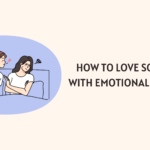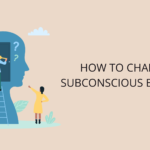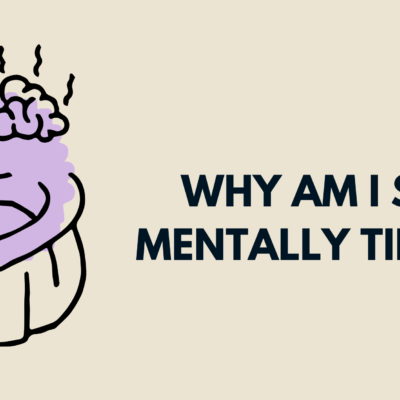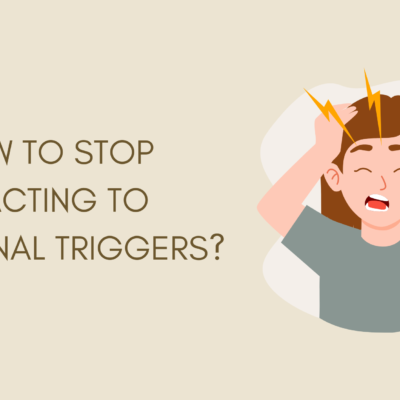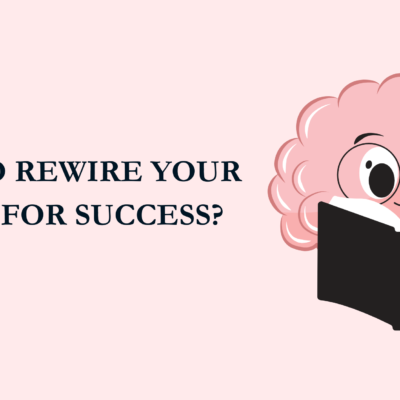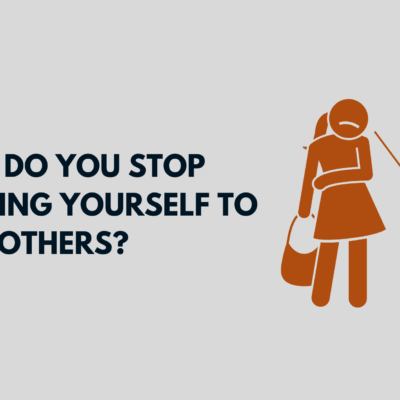How to Release Stuck Emotions: Have you ever felt a heaviness in your chest without knowing why? A lump in your throat that won’t go away, or a deep tiredness that rest can’t fix?
You might be carrying stuck emotions—unprocessed feelings that linger in your body and mind long after an event has passed. These trapped emotions can lead to anxiety, tension, mood swings, fatigue, and even physical pain. Releasing them isn’t just about feeling better emotionally—it’s about reclaiming your energy, clarity, and peace.
In this article, we’ll explore how emotions get stuck, the signs that you’re holding them in, and practical, compassionate ways to release them for good.
Also Read:
1. What Are Stuck Emotions?
Stuck emotions are unexpressed or unresolved feelings that get buried in the subconscious and body instead of being acknowledged and processed.
These can come from:
- Childhood wounds
- Loss or heartbreak
- Betrayal or trauma
- Daily stress that piles up without release
Instead of moving through emotions, we often suppress, deny, or numb them because they’re painful or inconvenient. Over time, this internal storage becomes emotional congestion.
Think of emotions like energy in motion. If they’re not allowed to move freely, they stagnate—and that stagnation can feel like anxiety, depression, anger, or numbness.
2. Signs You Have Stuck Emotions
Not all stuck emotions show up as crying or obvious sadness. Often, they hide in plain sight through the body or behavior.
Common signs include:
- Tight chest or throat
- Digestive issues or fatigue
- Mood swings or irritability
- Emotional numbness or apathy
- Overthinking or mental fog
- Recurring thoughts about the past
- Fear of vulnerability or closeness
If you find yourself overreacting to small things or shutting down emotionally, these could be clues that unhealed feelings are demanding attention.
3. Why Releasing Emotions Matters
Emotions are not the enemy—they’re messengers. When ignored, they don’t disappear; they go deeper. Suppressed emotions can lead to:
- Chronic stress and illness
- Low self-worth or codependency
- Emotional outbursts or disconnection
- Addictions and unhealthy coping mechanisms
Releasing stuck emotions isn’t about “letting go” in a forced way. It’s about creating space to feel, process, and move through the emotional layers with compassion.
4. Step One: Become Aware of What You’re Holding
The first step in release is awareness. You can’t heal what you don’t acknowledge.
Ask yourself:
- What emotion keeps showing up in my thoughts? (anger, sadness, guilt?)
- When do I feel it most strongly—around certain people, memories, or situations?
- Where do I feel it in my body?
You can journal, meditate, or simply sit with the question:
“What do I need to feel right now, that I’ve been avoiding?”
Let your body and intuition speak before your mind takes over.
5. Step Two: Make Space to Feel Safely
Many of us were taught that emotions are dangerous or weak. So we learned to shut them down. But stuck emotions need permission to surface in a safe and grounded way.
Try these practices:
- Breathwork: Deep belly breathing calms the nervous system and creates space to feel. Inhale through the nose for 4 counts, hold for 4, exhale slowly for 6-8 counts.
- Safe place visualization: Imagine a calm space—like a forest or room—where your emotions are welcome.
- Crying or shaking: Letting your body release through natural responses like tears or trembling is healthy, not shameful.
Give yourself full permission to feel without judgment. If tears come, let them. If nothing comes right away, be patient.
6. Step Three: Identify the Emotion and Its Root
Labeling your emotion gives it form. Say to yourself:
- “This is sadness.”
- “This is fear.”
- “This is anger from feeling dismissed.”
Now ask:
- Where did this emotion begin?
- When was the first time I felt this way?
- What belief did I attach to this feeling? (e.g., “I’m not enough,” “I’ll be abandoned”)
You may uncover childhood wounds, old betrayals, or buried grief. Naming the root doesn’t mean reliving trauma—it means honoring what’s been hidden so you can let it move through you.
7. Step Four: Move the Emotion Through the Body
Emotions are stored in the body. So while talking helps, movement is often the missing key to full release.
Here are somatic (body-based) tools:
- Shaking: Stand with feet grounded and gently shake your arms, shoulders, hips. This releases tension and trauma energy.
- Dancing freely: Put on music and move without planning. Let your body express what words can’t.
- Yelling into a pillow: If you’re holding rage or frustration, this gives it safe release.
- Walking mindfully: Let each step be intentional. Feel your feet connect to the earth and imagine the emotion leaving through your soles.
You can also place your hands on the part of your body holding emotion (like your chest or stomach) and breathe into that space.
8. Step Five: Use Expression as a Tool
Let your emotions take voice in ways that don’t require perfection or clarity.
- Journaling: Write without editing. Let your inner self speak. Try prompts like:
- “I’m tired of holding in…”
- “What I wish I could say is…”
- Voice memos: Speak your feelings aloud, even if just to yourself.
- Art or drawing: Emotions are primal. Scribble, paint, or sketch what they look like without explanation.
Expression transforms the emotion from a hidden burden into a visible truth.
9. Step Six: Practice Self-Compassion
Releasing emotions can feel raw. Afterward, you may feel tired, vulnerable, or unsure. This is normal. This is healing.
Be kind to yourself:
- Wrap yourself in a blanket.
- Make tea.
- Speak kindly: “I did something brave today.”
- Rest.
The emotional body needs time to recover—just like a physical wound. Don’t rush to be “fine.” Be gentle.
10. Make It a Habit, Not a One-Time Thing
Emotions are part of daily life. If you let them pile up, you’ll feel overwhelmed. But if you create small, daily habits for release, you’ll stay lighter and more present.
Try this weekly emotional hygiene:
- 10 minutes of journaling
- One deep breath session
- 5-minute free movement
- Check-in: “What am I carrying right now that’s not mine?”
Like brushing your teeth or taking a shower, clearing emotions can become a ritual of emotional self-care.
11. When to Seek Help
Some emotions are too heavy or complex to release alone—especially if they’re tied to trauma. Therapy, somatic healing, or EMDR (Eye Movement Desensitization and Reprocessing) can help process these safely.
There’s no weakness in seeking help. In fact, it’s a sign of strength to say:
“I want to heal, and I can’t do it all alone.”
12. Releasing Isn’t Forgetting—It’s Freeing
Letting go of stuck emotions doesn’t mean you forget what happened or pretend it didn’t matter. It means you stop letting old pain run your present life.
Releasing is choosing to feel, honor, and move on. It’s telling your past:
“You can stop shouting. I hear you now. And I’m ready to be free.”
Final Thoughts
Releasing stuck emotions is an act of self-love. It takes courage to face what you’ve avoided. It takes compassion to feel what you’ve suppressed. But on the other side of that emotional release is a version of you that feels lighter, freer, and more alive.
You don’t need to be perfect to begin. You just need to be willing.
Because healing doesn’t happen when we run from our feelings.
Healing begins the moment we say—
“I’m ready to feel what I’ve buried. I’m ready to come back to myself.”

